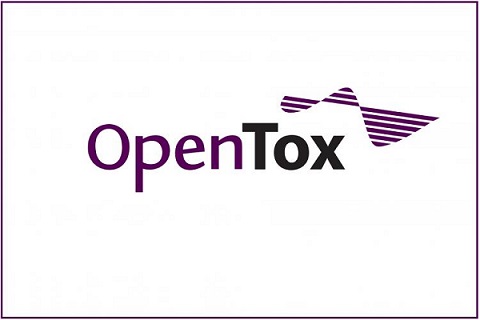OpenTox Webinar: Fish cell lines of rainbow trout as alternatives to fish in environmental risk assessment
This virtual meeting will include a perspective by Melanie Fischer (Eawag) followed by a short discussion session.
Introduction
Millions of fish are used every year in the safety testing of chemicals and water samples. Three OECD certified tests are most commonly used, e.g. under the REACH (Registration, Evaluation, Authorization and Restriction of Chemicals) regulation: fish acute toxicity test (OECD203), the fish early life stage test (OECD 210) and a test to determine chemical bioconcentration factors (OECD305). In order to start reducing or even replacing these tests, we develop experimental strategies that evolve around fish cell lines.
Methods
Depending on the physico-chemical properties of chemicals and the physiology of fish, chemicals are assumed to be taken up mainly via the gill or the intestine. The liver, on the other hand, is considered as a major site for chemical biotransformation. Thus, we focus our research on three cell lines derived from, respectively, rainbow trout (Oncorhynchus mykiss) gill, intestine and liver: the RTgill-W1, RTgutGC and RTL-W1. Exposure of cells to chemicals is combined with quantification of chemical exposure and with mechanistic computational models as appropriate.
Results
We have been able to design an assay, based on the RTgill-W1 cell line, to predict fish acute toxicity. This assay has been independently validated and has undergone round-robin testing, leading to adoption as standard by ISO (ISO21115) in April 2019; evaluation by the OECD is underway. Moreover, a combination of RTgill-W1 cell proliferation and physiology-based and growth modelling led to a procedure that provides estimates of reduced fish growth upon chemical exposure. Finally, the gill, intestinal and liver cell line combined are currently under investigation to provide chemical clearance rates for in vitro-in vivo extrapolation for bioaccumulation prediction.
Conclusions
If employed in an integrative strategy, cell lines of fish can be an invaluable component of test designs that aim to reduce or replace fish in environmental risk assessment.

